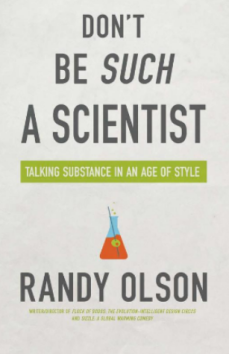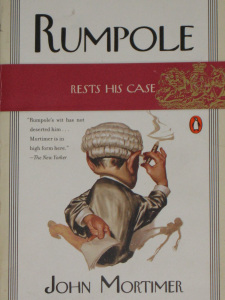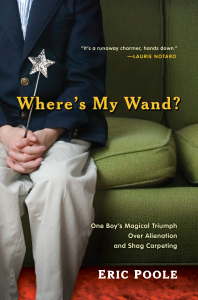My last book review seemed to go down really well, so here’s another. Next up it’s, ‘Don’t Be SUCH A Scientist; Talking Substance in an Age of Style’ by Randy Olson. Spoiler alert – I absolutely loved this and it would be a perfect Christmas gift for one of those sciencey types that seem to have everything, get it here.
 What the publisher says
What the publisher says
After nearly a decade on the defensive, the world of science is about to be restored to its rightful place. But is the American public really ready for science? And is the world of science ready for the American public?Scientists wear ragged clothes, forget to comb their hair, and speak in a language that even they don’t understand. Or so people think. Most scientists don’t care how they are perceived, but in our media-dominated age, style points count.
Enter Randy Olson. Fifteen years ago, Olson bid farewell to the science world and shipped off to Hollywood ready to change the world. With films like Flock of Dodos: The Evolution-Intelligent Design Circus (Tribeca ’06, Showtime) and Sizzle: A Global Warming Comedy (Outfest ’08), he has tried to bridge the cultural divide that has too often left science on the outside looking in.
Now, in his first book, Olson, with a Harvard Ph.D. and formerly a tenured professor of marine biology at the University of New Hampshire, recounts the lessons from his own hilarious-and at times humiliating-evolution from science professor to Hollywood filmmaker.
“Don’t Be Such a Scientist is a stinging critique, yet it’s also a funny, heart-felt account of one scientist’s efforts to make non-scientists care about the natural world.” (Carl Zimmer, author of Microcosm and the award-winning science blog The Loom)
“This book is likley to draw a firestorm of controversy because scientists may not want to hear what Olson has to say. But someone needs to say it; and myabe’s Olson’s take no-prisoners approach will get the message through.” (Jennifer Ouellette, author of Physics of the Buffyverse and the blog Cocktail Party Physics)
“The first indispensable book on a long-overlooked culture clash: that between science and storytelling. Olson delivers a near metaphysical framework for understanding why ‘talking science’ so often doesn’t get the message across.” (Thomas Hayden, co-author of Sex and War, Stanford University lecturer in science communications)
My thoughtsThis book was recommended to me at UWE’s Science Communication Masterclass a few weeks ago; I ordered it straight away and read it within the space of about 5 days. I absolutely loved it. I read it almost like a novel, but I have folded lots of the pages over (I know, I’m terrible but I didn’t have any post-its to hand..) so that I can go back and use it as more of a resource when I’m actively doing science communication activities.
I loved the way that Olson was so blunt, and I found myself laughing at the content of stories from his career; I could see myself being ‘that scientist’, and it made me much more conscious of how I’m explaining things linked to my research work. It’s clear that Olson is a scientist, but the fact that he left the science world to go into film directing in Hollywood definitely shows. I think that’s one of the books biggest strengths; most science communication texts that I’ve read are written by practicing scientists, or at least scientists that actively engage in broader communication activities – Olson has had some time to step away from the science world, and can enthusiastically laugh at his former self (and by default, a lot of scientists – myself included) as a result.
Some of the reviews of this book have been less favourable than mine, and I think that’s because I went into it expecting a laugh and not much else. I’d been told the book was useful, but that was backed up with an image of Arnold Schwarzenegger that aimed to demonstrate the ‘4 organs of mass communication’; from the book, “To reach the broadest audience, you need to move the process out of the head (1), and into the heart (2) with sincerity, into the gut (3) with humour and intuition, and, ideally, if you’re sexy enough, into the lower organs (4) with sex appeal.”
I didn’t expect the book to teach me how to communicate science effectively, I expected it to point out of all the stereotypical scientist traits I’d picked up throughout the course of my training, so that I could spot them and laugh at myself before correcting them – that’s exactly what it did.
I left the book feeling really excited to go out and talk about my science, to find new ways to get my points across, and to see how often I catch myself doing the things that make me such a scientist.
100% yes. Buy it, read it, fold over the pages, read parts of it again, and then gift it to a friend or colleague who is also based in some field of science.
Advertisements Share this:




